Types Of Senior Living Communities
Senior living communities have evolved significantly over the years, offering a broad range of options for seniors. These communities are designed to meet the diverse needs of seniors, providing them with a safe, comfortable, and enjoyable living environment.

Understanding the different types of senior living communities can help you make an informed decision when it comes to choosing the right option for you or your loved one. This article will discuss the various types of senior living communities and provide an overview of what each type offers.
Signs It’s Time to Consider Senior Living
Recognizing when it's time to consider senior living can be challenging. Some signs may include difficulty managing daily tasks, increasing health concerns, loneliness, or the desire for a more carefree lifestyle.
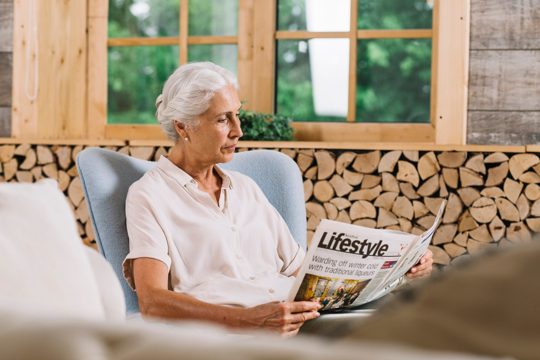
If these or other issues become prevalent, it may be time to explore the options available in senior living communities. Remember, moving to a senior living community is not about loss of independence, but rather about gaining more security and enhancing quality of life.
Different Types of Senior Living Communities
Several categories exist within the realm of senior living communities, each specifically tailored to suit varying levels of self-sufficiency and care requirements. The first type is 55 Plus Communities, designed for those who are above this age. The second type is Independent Living, ideal for those who require minimal assistance.
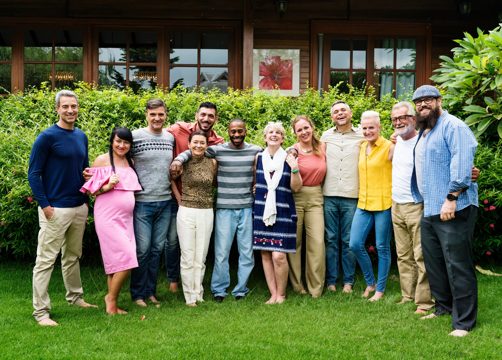
The third category is Assisted Living, which is for those needing more help with daily tasks. Lastly, Luxury Senior Living provides a combination of high-end amenities, services, and care options.
55 Plus Communities
55 Plus Communities, also known as age-restricted or active adult communities, are designed for individuals aged 55 and older. These communities often feature single-family homes, condos, or apartments and provide a variety of amenities such as fitness centers, clubhouses, and recreational activities.

They allow seniors to live independently while enjoying a community of peers. However, these communities typically do not offer healthcare services.
Luxury Senior Living
Luxury Senior Living communities provide seniors with an upscale living experience. These communities offer luxurious accommodations, fine dining, and a wide array of amenities, such as fitness centers, swimming pools, spa services, and cultural and educational programming.
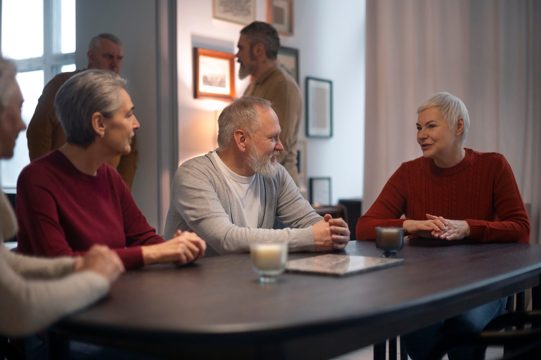
The focus is on providing a high-end lifestyle with the convenience of on-site health care services if needed. Luxury Senior Living is a good option for seniors who want to maintain an active and luxurious lifestyle.
Independent Living
Seniors who have the ability to handle their daily tasks independently, yet prefer the ease of a community environment, are the ideal residents for Independent Living communities. These communities are structured specifically to meet their needs. Housing choices such as apartments and cottages are readily available within these communities.
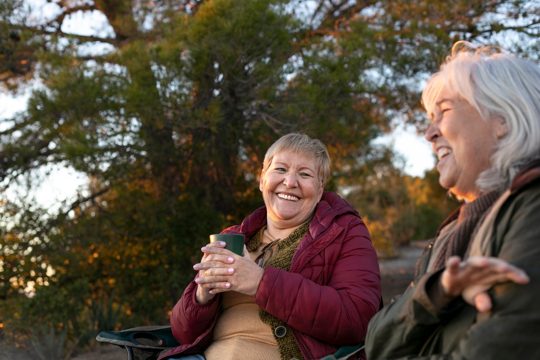
Added advantages include meal services and housekeeping. Also, they provide social activities for enrichment and interaction.
Assisted Living
Assisted Living communities provide a higher level of care for seniors who need assistance with daily tasks such as bathing, dressing, and medication management.

In addition to housing, these communities offer meals, housekeeping, social activities, and 24-hour supervision. Assisted Living communities aim to provide a balance of independence and support, enabling seniors to live as independently as possible while receiving the care they need.
Choosing the Right Senior Living Community
Choosing the right senior living community is a significant decision that should be based on individual needs and preferences. It's important to consider the level of care needed, the desired lifestyle, and the available budget.

Touring prospective communities, speaking with current residents, and consulting with healthcare professionals can also be helpful in making this decision. Always remember, the goal is to enhance the quality of life and provide a safe, comfortable environment for the senior.
The Importance of Location
The importance of location cannot be overstated when selecting a senior living community. Some seniors might favor remaining in proximity to their existing neighborhood, loved ones, and companions. Conversely, others may desire a new environment.

Consideration should also be given to the ease of access to healthcare establishments, retail outlets, and leisure activities. Thus, all these factors are key in making a suitable choice for senior living arrangements.
Benefits of Senior Living Communities
Senior living communities offer numerous benefits. They provide a safe, supportive environment where seniors can enjoy social interaction, recreational activities, and a sense of community.

They also offer services that alleviate the burden of home maintenance and daily tasks, allowing seniors to enjoy a more relaxed, carefree lifestyle. Additionally, many communities provide varying levels of healthcare services, providing peace of mind for seniors and their families.
Potential Drawbacks of Senior Living Communities
Senior living communities come with numerous advantages, but they also have potential downsides. One of the significant cons could be the expense, which can be hefty based on the community type and the services they offer.
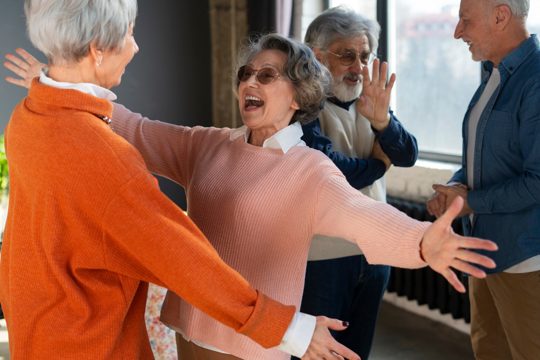
There might be a feeling of lost independence or privacy that some seniors experience. Additionally, adjusting to a new living environment might prove challenging for others.
Hence, it's essential to weigh these factors before making a decision.
Cost Considerations
Pricing of senior living communities differs greatly, influenced by factors such as location, community type, and services offered. Communities for Independent Living and those for individuals 55 and older are usually budget-friendly options. On the other hand, Assisted Living communities and Luxury Senior Living communities generally come with a heftier price tag.

This is because they offer a more extensive range of services and amenities. Consequently, the level of services and facilities provided contributes to the cost differences among these communities.
Financial Assistance for Senior Living
It's possible that financial aid could be accessible to help offset the expenses of senior living. Government programs like Medicaid or Veterans benefits could provide this assistance.

Long-term care insurance is another potential source of monetary support. Non-profit organizations may also offer help.
Additionally, considering tax deductions related to senior living costs could be beneficial.
Preparing for the Move
Transitioning to a senior living community is a substantial change in life. Careful planning is essential, which includes taking sufficient time to declutter and organize your belongings.

Arranging for the logistics of the actual move is also a crucial part of the process. Emotional preparedness is equally significant, as it's important to recognize and address the emotions that come with this shift. Open discussions about the move with loved ones and friends can be a helpful part of this emotional preparation.
Adjusting to a Senior Living Community
Settling into a senior living community may require a period of adjustment. It's completely usual to feel a myriad of emotions such as joy, relief, nervousness, and longing for home.

Engaging in various community events can be a beneficial way to help manage these feelings. Forming new friendships can also contribute to making this change smoother. These actions can significantly assist in making the transition less challenging.
Importance of Social Activities
Engaging in social activities is an essential aspect of residing in a senior living community. They serve as a platform where residents can socialize, build friendships, and maintain their activity levels. Activities vary widely, encompassing everything from fitness classes to book clubs.

Excursions and special events also contribute to the diverse array of activities. In essence, these social activities are instrumental in ensuring a fulfilling and interactive lifestyle for the seniors.
The Role of Family and Friends
The transition to a senior living community greatly involves the contribution of family and friends. They offer crucial emotional support during this period. Their assistance is also needed in making decisions and facilitating the actual move.

After the senior has settled into the community, maintaining regular visits and communication is essential. This consistent contact ensures the senior feels valued and connected.
Planning for the Future
Selecting a senior living community requires careful thought about both present and potential future needs. You should not only focus on the immediate requirements but also anticipate future ones.

Continual Care Retirement Communities are certain communities that cater to this need. They offer an array of care options for their residents.
This allows the residents to remain in the same community even as their care needs evolve over time.
Ensuring Quality of Life
Ultimately, the goal of a senior living community is to enhance the quality of life for its residents. This means providing a safe, comfortable living environment, opportunities for social interaction and recreation, and access to quality healthcare services.

It also means respecting the individuality and independence of each resident, promoting a sense of dignity and self-worth. When these elements are in place, a senior living community can truly become a place to call home.
About us
Welcome to SeniorCaresHub! Welcome to our comprehensive senior care destination! We pride ourselves on being a trusted resource for all things related to caring for aging loved ones. We understand the unique needs and challenges that come with senior care, and our mission is to provide you with the information, resources, and support you need to confidently navigate this journey and help you provide the best possible care for your aging loved one.

